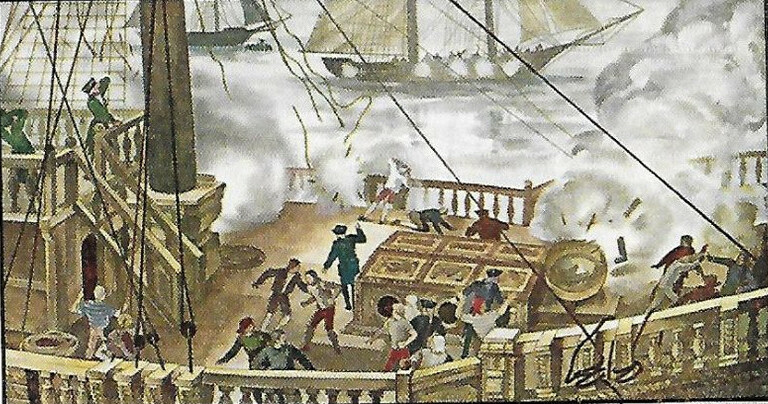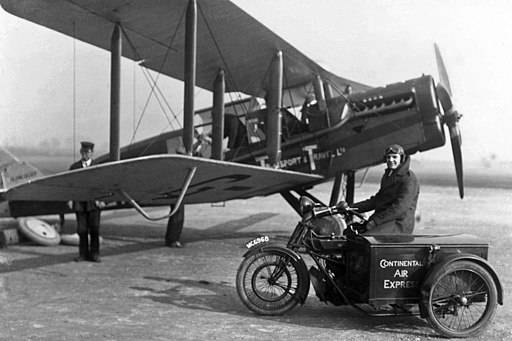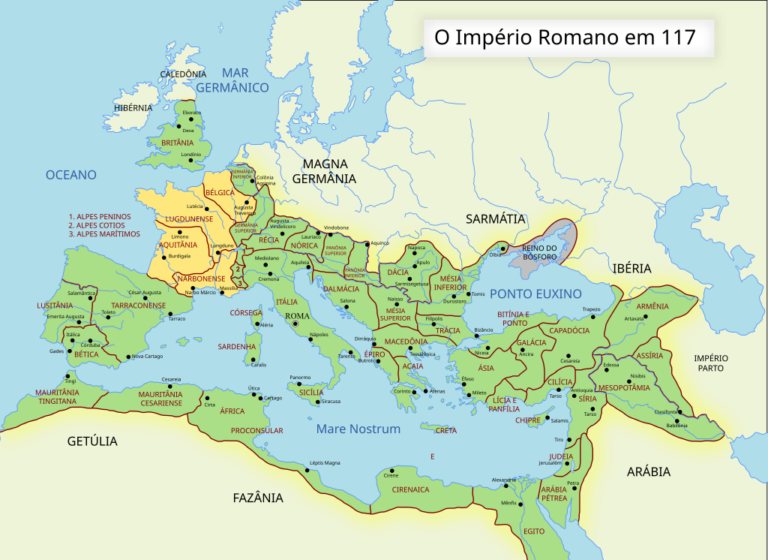
In the grand and often bloody tapestry of European warfare, few conflicts are as bizarre—and oddly charming—as the Kettle War of 1784. This “war,” fought between the newly independent Dutch Republic and the mighty Holy Roman Empire (specifically Austria), barely lasted a day, featured a single cannon shot, and had a tea kettle as its most famous casualty.
A Brewing Conflict
After gaining independence from Spain in the 17th century, the Netherlands became a dominant naval and economic power. One of their strategic (and economically motivated) moves was to close off the Scheldt River estuary. This move effectively cut off the vital port of Antwerp—then under foreign control—from sea trade. By controlling both banks of the estuary, the Dutch could starve Antwerp’s commerce and eliminate competition with their own ports, especially Amsterdam.
Even though powers like Spain and, later, Austria held the city of Antwerp, they lacked access to its port. For decades, no one seriously challenged the Dutch blockade. That changed in 1784, when Austrian Emperor Joseph II decided to push back.
The Empire Strikes
Tensions culminated on October 8, 1784, as Emperor Joseph II launched a bold challenge to Dutch control over the Scheldt River. He ordered a modest naval squadron—headed by the flagship Le Louis and flanked by two additional vessels—to sail directly into the disputed waters. The aim was to attack the Dutch-held city of Maastricht, break the long-standing blockade and assert Austrian rights to free navigation.
The Dutch response? They sent one warship, the Dolfijn, to intercept them.
One Shot, One Surrender
When the Dolfijn confronted the Austrian squadron, it fired a single warning shot. The cannonball didn’t strike a sailor, or a mast, or even a hull. It hit a soup kettle.
Rather than return fire, the Austrian crews—perhaps stunned by the precision or the sheer ridiculousness of the situation—surrendered immediately. The Dolfijn, with zero casualties and a perfectly executed warning shot, had “won” the battle.
But the Austrians weren’t quite ready to let it go just yet.
The Vegetable Garden Offensive
Still determined to make a point, Austria launched a minor land incursion. Troops occupied a small fort in what is now Belgium, destroyed a vegetable garden (yes, really), and broke a nearby dike.
This, too, didn’t exactly spark a larger conflict. Cooler heads prevailed, and both sides moved to diplomatically de-escalate the situation. Before the war could even heat up, peace was declared.
The Treaty of Fontainebleau, signed in 1785, officially resolved the conflict. Although the Scheldt River stayed closed to navigation, the Dutch compensated the Holy Roman Empire with a financial settlement.
A Legacy of Laughs
The Kettle War remains one of history’s most bizarre military encounters. No one died. Only one shot was fired. The primary casualty was cookware. And yet, this minor skirmish managed to highlight major European tensions, diplomatic absurdities, and the strange paths history sometimes takes.
If ever there was proof that some wars are better fought with cannonballs aimed at soup pots than people, the Kettle War stands as a quirky, kettle-clanging testament.
…
Related articles:
List of the 20 Bloodiest Wars in Europe
Longest-Lasting Wars in History
List of U.S. Wars Ranked by Total Fatalities
The Kettle War: A Look at History’s Smallest Naval Conflict – Sick History




